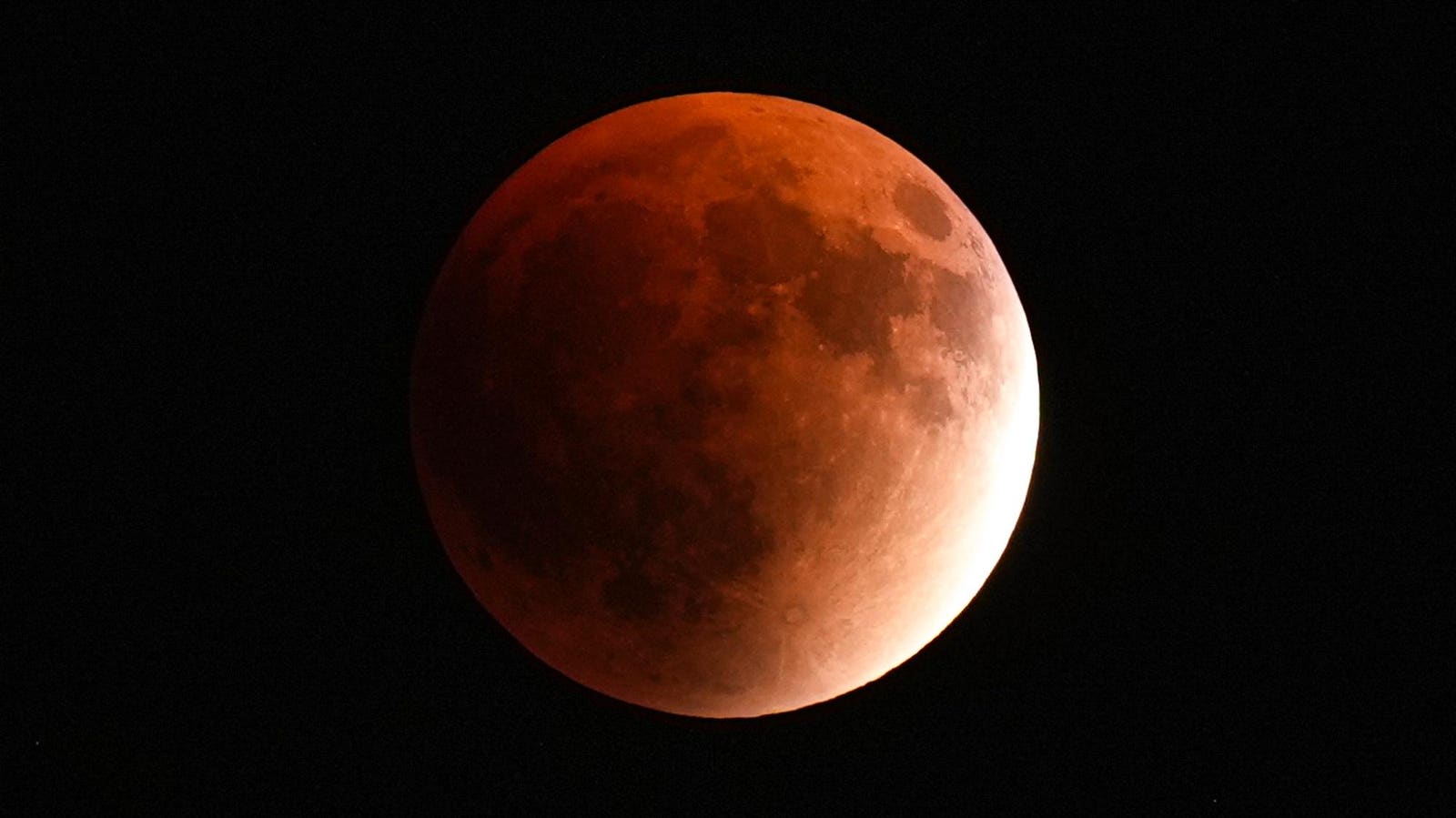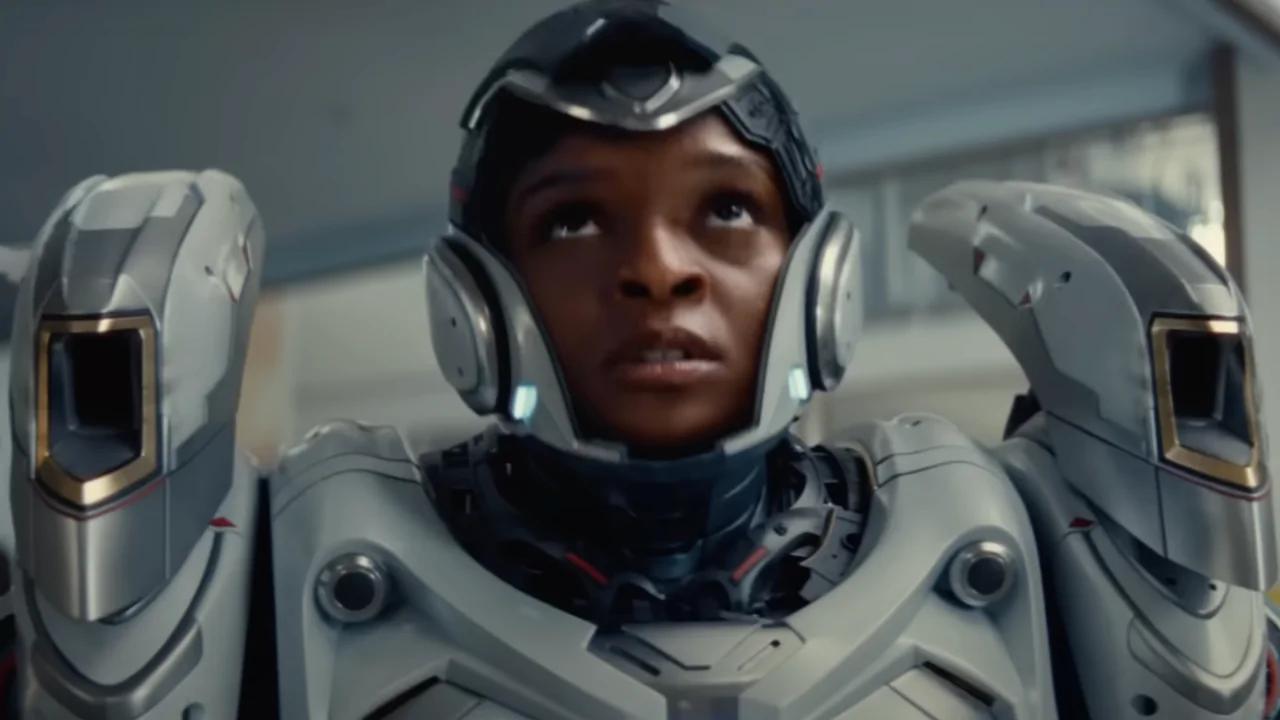The theme of the show was evident from the start.
Augmented World Expo 2025, now in its 16th year, wrapped up today in Long Beach, California. The XR industry’s largest and longest-running event drew more than 5,000 attendees and 250 exhibitors to the cavernous Long Beach Convention Center from June 10 to 12. For the first time, both the conference and expo floor ran a full three days, with expanded programming that included hackathons, keynotes, investor meetups, and breakout areas for startups, game developers, and enterprise providers.
The week began, as always, with Ori Inbar’s annual keynote. AWE’s co-founder took the stage with his usual mix of irreverence and conviction. This year’s theme was direct: “XR is going mainstream.” Inbar said the wait was over. “The hardware is good enough, the tools are mature, and AI has lowered the barrier to entry,” he said, urging developers to stop building for the future and start shipping to the present. He celebrated XR’s strange persistence—joking that we’ve been waiting for a ‘mass market moment’ for 30 years—and framed AI as both a complement and a catalyst: “XR is the killer interface for AI,” he said, to sustained applause.
AWE head of Programming Sonya Haskins and CEO and co-founder of AWE, Ori Inbar.
Google and Snap delivered first day main stage keynotes that energized the crowd. Snap dominated the hallways with demos of Specs and their mirror technology. Niantic Spatial also had a big presence, as they did last year, before they spun off Pokemon Go to Scopely to focus on WebXR and a digital twin of the physical world.
Google’s Justin Payne at AWE 2025.
Google’s Justin Payne introduced Android XR, the company’s new spatial computing operating system. Introduced to some fanfare at Google I/O two weeks ago, this was a direct pitch to the developers in the audience. Android XR is built to unify headset and glasses development across Qualcomm and Samsung hardware and deeply integrate with Gemini. “This is the first Android platform built for the Gemini era,” Payne said. He described Android XR as the logical evolution of Google’s long-term investment in vision-based computing—Glass, ARCore, Lens, Live View—now converging with real-time AI. He emphasized that XR devices shouldn’t be siloed or episodic. “The same person will use multiple XR devices throughout the day,” he said, “and Gemini can follow them between worlds.”
Snap’s Evan Spiegel took the stage next and as expected he announced that consumer-ready Spectacles are coming in 2026. Snap has spent over $3 billion and 11 years refining its mobile AR platform, which now supports more than 4 million lenses used 8 billion times a day. “We’re obsessed with making computers more human,” Spiegel said. With OpenAI and Gemini onboard, the new Spectacles will support spatial AI interactions, WebXR, and shared gaming overlays. Specs are already in the hands of hundreds of developers, many of whom were demoing real-world applications throughout the Long Beach venue. In the past CTO Bobby Murphy has keynoted AWE, but this is Speigel’s inaugural appearance, signaling the growing importance of the medium and its largest annual gathering.
Chi Xu, founder and CEO of Xreal.
Both Google and Snap highlighted the growing ecosystem of Android XR tools. XREAL’s Chi Xu previewed Project Aura, the company’s latest eyewear, built for Android XR stack and also unveiled two weeks earlier at I/O. Featuring an upgraded Qualcomm X1S spatial chip, Aura has a 70-degree field of view and native support for Gemini-powered voice interfaces. Xu described it as a long-awaited convergence of hardware, AI, and open platforms: “All the pieces are finally ready,” he said. At Qualcomm’s booth, attendees could test its new AR1+ Gen1 chipset, an on-device AI processor designed for smartglasses. Qualcomm SVP Ziad Asghar framed it as a turning point for wearable computing: “It’s time to build AI glasses that can stand alone.”
From L to R: Dylan, Brent, Nolan, Alissa, and Wyatt Bushnell
In a packed session featuring Atari and Chuck-E-Cheese founder Nolan Bushnell and his family consisting of entrepreneurs, daughter Alissa, and brothers Brent, Wyatt and Dylan, the family discussed the personal, and professional reality of being a Bushnell. The discussion turned to the lessons XR can learn from arcade design. The Bushnells made a persuasive case for intuitive mechanics and social play, less UI, more instinct. “Nobody wants to play a tutorial,” one of them said. “If they don’t get it in the first ten seconds, they walk.” They also made a passionate case for location-based XR. Brent’s Dream Park demo on the show floor’s Playground allows players to interact with digital characters in the physical world. “This isn’t VR anymore,” he said. “You are the game.”
Palmer Luckey at AWE 2025.
Palmer Luckey began by explaining his hoarse voice was the result of spending a week in Washington, DC with his main customers. In the news just weeks ago was his surprise reunion with Meta, seven years after being fired. They are together taking over the IVAS project from Microsoft. IVAS was a $22 billion contract to create AR equipped infantry that could use heads-up displays for threat detection, drone management, mapping, targeting, in addition to the thermal imaging (night vision) they use now. “The best AR hardware isn’t coming out of DARPA anymore,” he said. “It’s coming from the consumer sector. Meta, Snap, Google, they’ve pulled ahead.” His Eagle Eye platform, developed for the U.S. Army, is a high-resolution, multimodal sensor suite that fuses thermal, RF, and spatial data in real time. “It’s not entertainment hardware,” he said. “It’s a tool built for life-and-death decisions, but it will trickle back to consumers.”
Author and entrepreneur Tom Emrich signing copies of his new book, Next Dimension. Emrich announced … More
Vicki Dobbs Beck of ILM and researcher and author Helen Papagiannis approached XR from a cultural and narrative perspective, emphasizing its potential as a medium for identity, expression, and immersive storytelling. Beck framed ILM’s evolving mission as a shift from “storytelling to storyliving.” Drawing from a decade of immersive projects under the Lucasfilm banner, she described the next frontier as emotionally responsive worlds, powered by real-time AI and character memory. Papagiannis, author of Augmented Human, unveiled her new book Reality Modding, which proposes that reality-like software which is now editable, customizable, and increasingly aesthetic. “This is about identity and presence,” she said. “We’re no longer just users of technology, we’re becoming the medium itself.”
Mentra AR glassess will soon be compatible with Android XR.
The tone of the show was celebratory but not naive. Inbar acknowledged the ghosts of past hype cycles. XR has been “the next big thing” for nearly two decades. But this year, the combination of stable platforms, purpose-built hardware, and AI-native developer tools made the proposition feel more grounded. The term “ambient computing” came up repeatedly—devices that disappear into daily life, interfaces that respond without friction. On the floor, dozens of demos aimed at enterprise deployment, not just entertainment: spatial planning, logistics, training, and field service. Enterprise now represents 71% of the XR market, and it showed.
All 5000 people must have tried the new Snap Spectacles by the end of the show.
The AWE Playground is always a highlight as it features entertainment experiences for both in-home and out-of-home audiences. Installations ranged from social XR games to large-scale multisensory exhibits. A highlight was an expanded version of Brent Bushnell’s Dream Park, a walkable mixed-reality experience that allowed users to embody virtual characters without controllers. They just raised $1.3 M to expand from their Santa Monica pilot. Their “theme park in a box” can literally be run by a couple of kids in a park.
Auki’s robot had a. lot of fans.
Auki Labs placed QR codes on the floor of the convention center for indoor navigation. This mobile AR experience helped guide their attention-getting robot. Auki is doing a massive retail rollout of their indoor virtual positioning systems on a much larger scale in Sweden.Their decentralized protocol, PoseMesh, uses scannable QR codes and self-hosted data to guide robots and humans through physical spaces. Auki also worked with Zappar on enhanced QR codes, which Unilever is now putting on their packaging. Auki won a coveted Auggie award for its Posemesh technology.
Trying out Viture for the first time at CES 2023. Virture’s Kickstarter raised $3.2 M for these … More
Every year there are a handful of suite demos in the nearby Hyatt Hotel. Some meetings are better and more relevant than others. This year I got a private detailed tour from the founder David Jiang who I first met at CES in 2023, where he showed me his Viture AR screen reflecting glasses. According to IDC, they account for 52% of AR smartglasses sales worldwide. You plug them into your phone and see a 200” screen in a compact form factor. It’s favored by gamers but popular for content consumption and productivity as well. They’ve come a long way in three short years, diversifying into software, including an app that uses AI to transform movies into 3D, spatial experiences, much like Leia, which does it with a 3D display in tablet form. It is even more impressive when fully immersed in Viture’s lightweight headset. With Google and Apple entering the market they’re hoping their software will give them a way to leverage the competition into even greater success.
Trying out Flow Immersiver on an Xreal AR headset.
In the hallways and informal corners of the convention center, old ideas resurfaced in sharper, more polished form. Jason Marsh, founder of Flow Immersive, gave one of his signature roaming demos—an evolving tradition that began seven years ago when he first cornered me outside a session room with a prototype on his tablet. This year, Flow’s layered, interactive data visualizations ran smoothly on headsets, phones, and smartglasses. What once felt like an ambitious idea now looked like a viable product, complete with enterprise traction and UX refinements. The evolution of Flow mirrored the tone of the show itself: confident, capable, and finally ready for primetime.
Patrick Johnson and the team from Rock, Paper, Reality, with the hideous yet coveted Auggie Award, … More
This year’s Auggie Awards reflected both breadth and maturity across the XR spectrum. With a record number of nominations and public votes, the 16th annual ceremony honored excellence across 19 categories:
- Best Art or Film – Non‑Player Character Musical (Brendan Bradley)
- Best Campaign – OREO × PAC‑MAN SUPERMARCADE (ARKx/Form & Fun/Saatchi & Saatchi Germany)
- Best Climate‑Change Solution – Burn Zone (Lucid Reality Labs)
- Best Collaboration Tool – Campfire
- Best Consumer App – Pencil (4th Wall Breakers)
- Best Content Creator(s) – Learn XR (Dilmer Valecillos)
- Best Creator Tool – Niantic Studio
- Best Developer Tool – Lens Studio (Snap Inc.)
- Best Education & Training – XR Guru Healthcare
- Best Enterprise Solution – Cactus Spatial AI (Auki Labs)
- Best Game or Toy – Spatial Ops (Resolution Games)
- Best Headworn Device – XREAL One Series
- Best Healthcare Solution – Fundamental Surgery
- Best Indie Creators – Ferryman Collective
- Best Interaction Product – Omni One (Virtuix)
- Best LBE – AR in Google Maps for Paris Olympics (Rock Paper Reality & Google)
- Best Societal Impact – Sign Language Translator (Frame Sixty)
- Best Use of AI – Medical AI Agent (Lucid Reality Labs)
- Best Web3 Implementation – The Posemesh (Auki Labs)
- Startup to Watch – Verse Immersive (Enklu)
LOS ANGELES, CA – FEBRUARY 11: Director for Medical Virtual Reality Institute for Creative … More
Ten new XR Hall of Fame inductees were honored on June 11, celebrating pioneers whose work has shaped today’s $40 billion industry:
- Nicole Stenger – VR artist and theorist; creator of the first immersive VR film.
- Bob Jacobson – HIT Lab veteran; coined “spatial computing”; community builder.
- Andrew Fuller – Founding architect of HoloLens and Meta’s Orion.
- Gregory Panos – Avatar pioneer; author of Virtual Reality Sourcebook.
- Linda Jacobson – Early evangelist; Wired co-founder; gerontechnology advocate.
- Mel Slater – Leading researcher on presence, place illusion, and VR psychology.
- Sandra Kay Helsel – Founder of Virtual Reality World; VR media pioneer.
- Dr. Walter Greenleaf – Clinical VR innovator; healthcare and therapy applications.
- Albert “Skip” Rizzo – Creator of BRAVEMIND; leader in PTSD and cognitive VR.
- Scott Fisher – NASA/USC pioneer; built early HMDs; interactive media visionary.
Their induction honors the foundational work they’ve done while helping the next generation of creators. The packed theatre was a reminder that today’s XR movement is not new, but finally catching up to its own imagination.









